OTT OVERVIEW
The mission of the Office of Technology Transfer is to promote and facilitate the transfer of useful technologies to the commercial sector so that the public can directly benefit from the ingenuity and creativity of our outstanding researchers. The Office of Technology Transfer at JPL (OTT at JPL) specifically aims to focus on JPL intellectual property management and licensing, and commercialization support to apply JPL space technologies to NASA and commercial market needs. The end goal is to infuse JPL-invented innovations into the private sector as quickly as possible so that taxpayers may benefit from NASA and JPL research, and so that the United States retains its technological leadership in world markets. The Office of Technology Transfer at JPL is responsible for new technology reporting, software release, patents, licensing, and commercialization as these activities relate to JPL-developed technologies.
What We Do
Technology, Software, Licensing, and Commercialization
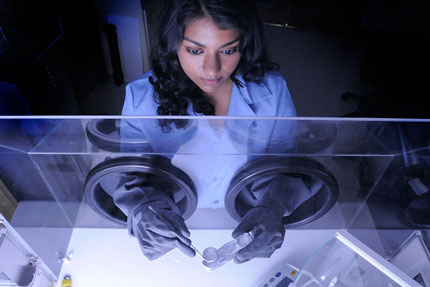
Report a New Technology
Technology transfer is an important part of NASA's mission. NASA is obligated to take an active role in transferring technology to the private sector and to the United States Government.
Learn more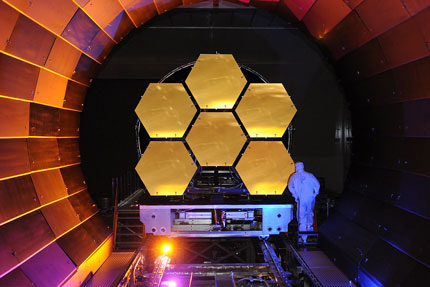
Licensing and commercialization
The primary mission of the Office of Technology Transfer at JPL is to promote and facilitate the transfer of useful technologies to the commercial sector so the public can benefit from our outstanding researchers.
Learn more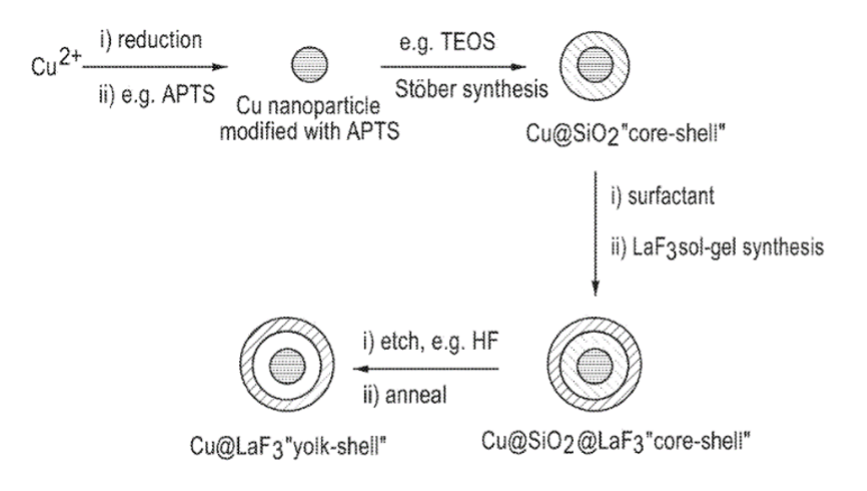
Composite Electrode Materials for Fluoride-Ion Electrochemical Cells
Fluoride ion battery systems use electrode materials with tailored structures and composition that improve battery performance over the state of the art. This patent discloses specific methods of making coated metal nano particles to build these kinds of batteries.
More about Composite Electrode Materials for Fluoride-Ion Electrochemical Cells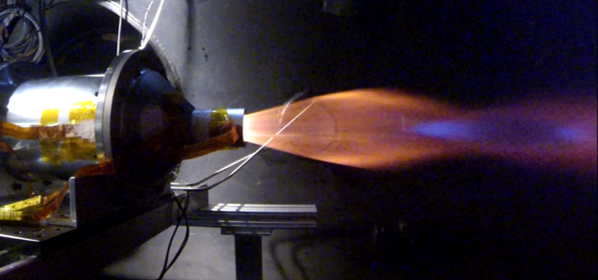
SmallSat Hybrid Propulsion System
New propulsion systems for small satellites and discloses their design, methods of manufacture, component systems, and materials are presented in this patent. The key innovation is in the miniaturization and design of small-scale components that are suitable for use in these small satellites.
More about SmallSat Hybrid Propulsion System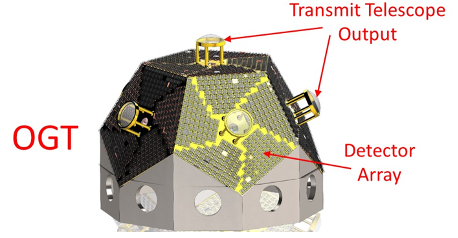
Optical Ground Terminal
The Optical Ground Terminal (OGT) is a novel optical terminal that allows high data rate optical communications with other optical terminals in space and with airborne and spaceborne optical communicators.
More about Optical Ground Terminal
Model Based Methodology for Translating High-Level Cyber Threat Descriptions into System-Specific Actionable Defense Tactics
With public awareness increasing due to significant cybersecurity, there is a strong market need for improved cybersecurity tools and technologies.
More about Model Based Methodology for Translating High-Level Cyber Threat Descriptions into System-Specific Actionable Defense Tactics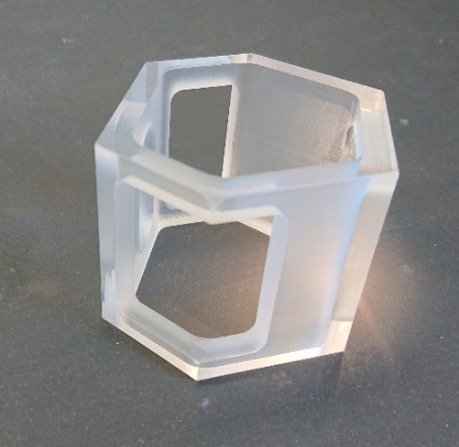
Monolithic Assembly of Reflective Spatial Heterodyne Spectrometer
A new Reflective Spatial Heterodyne Spectrometer (RSHS) instrument enables high etendue (a measurement of sensor throughput), together with high spectral resolving power, termed R, in an ultra-compact and cost-effective design.
More about Monolithic Assembly of Reflective Spatial Heterodyne SpectrometerAvailable Resources
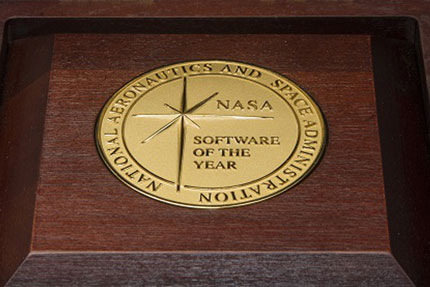
Award Program
Excellence in aerospace software is vital to NASA’s role in developing aeronautics and space technologies and transferring them to government and industry.
Learn more
JPL Entrepreneurs
The Office of Technology Transfer at JPL works closely with JPL innovators at every step of the technology transfer process, to engage the commercial sector and establish partnerships.
Learn morePATENTS AND COPYRIGHTS
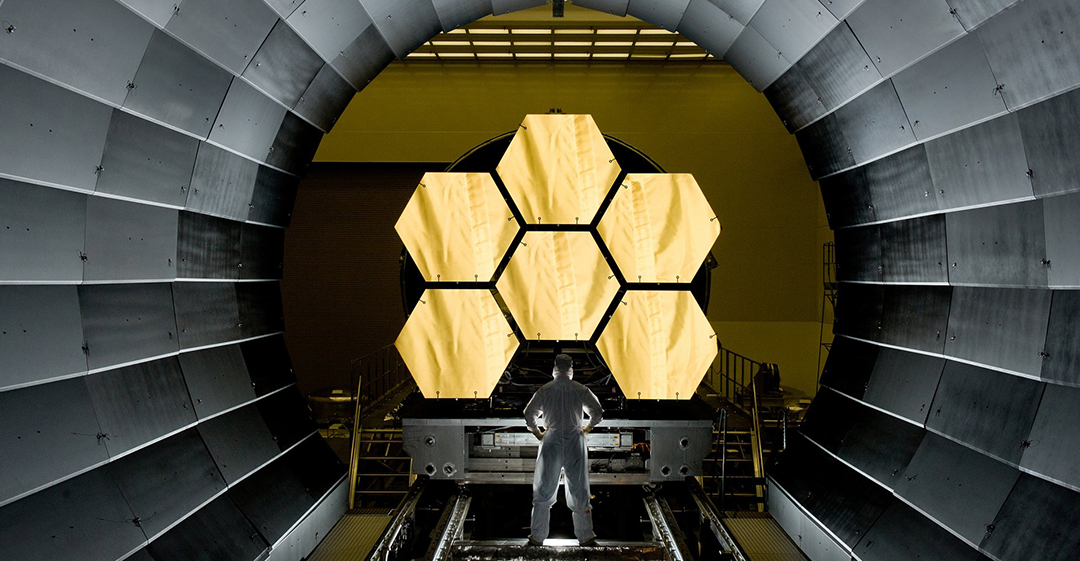
Patents
A patent for an invention is an intellectual property right granted to an inventor, issued by the United States Patent and Trademark Office (USPTO), “to exclude others from making, using, offering for sale, or selling the invention throughout the United States or importing the invention into the United States”.
READ MORE
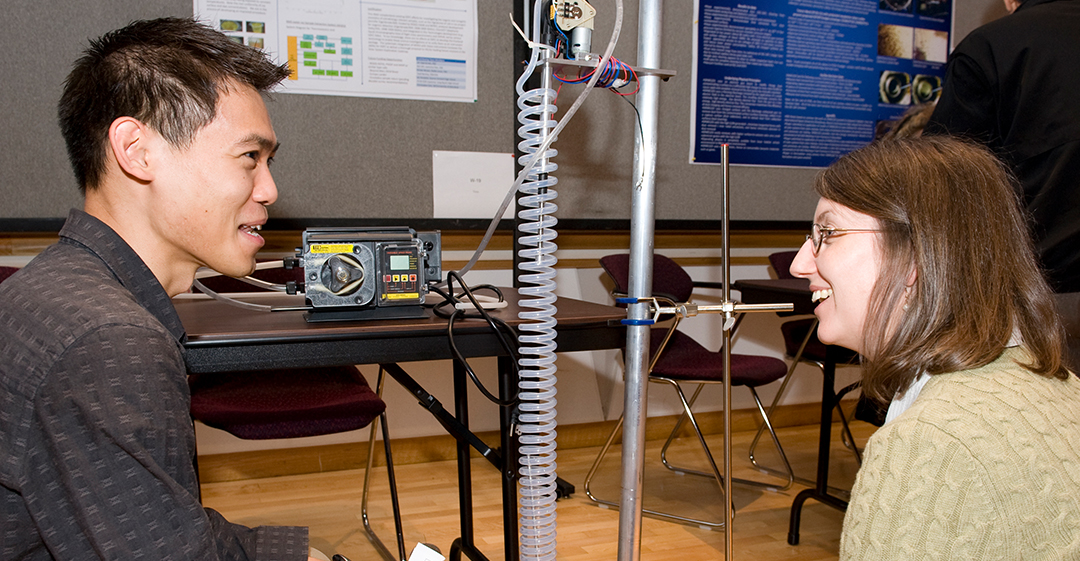
Copyrights
Copyright is a form of protection provided by the laws of the United States to the authors of “original works of authorship,” including literary, dramatic, musical, artistic, and certain other intellectual works (including software).
READ MORE
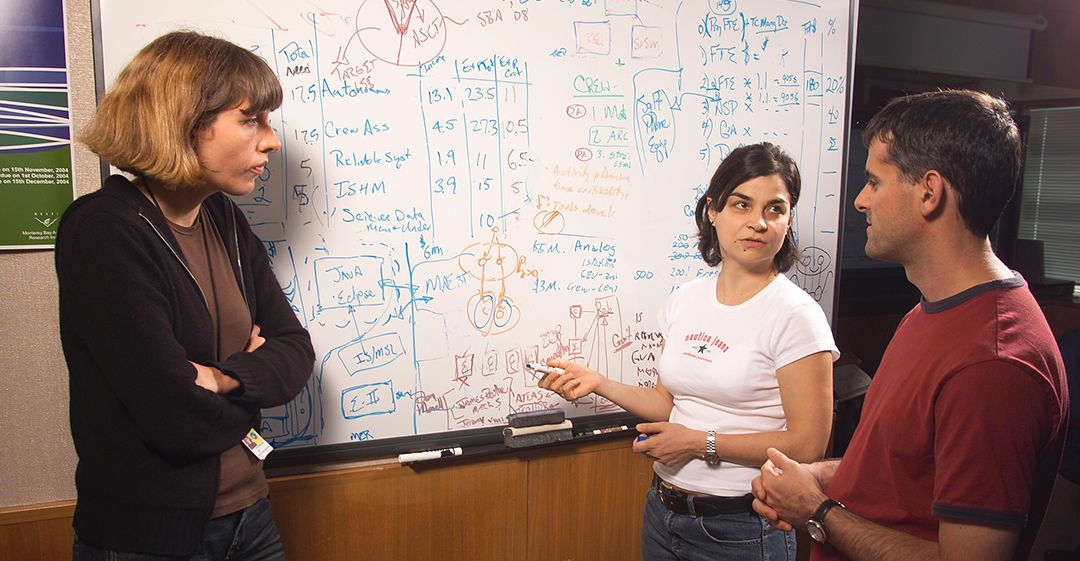
Process & Waivers
The patenting process at JPL starts with the filing of an NTR. All NTRs submitted by JPL innovators are first evaluated by the OTT technical staff (NTR Evaluators) before forwarding both the NTR and evaluation to Caltech and NASA.
READ MORE

Software
Caltech owns copyrights to all JPL developed software. Although all of the software developed at JPL is protected by copyright, any software has the potential of becoming patentable.
READ MORE